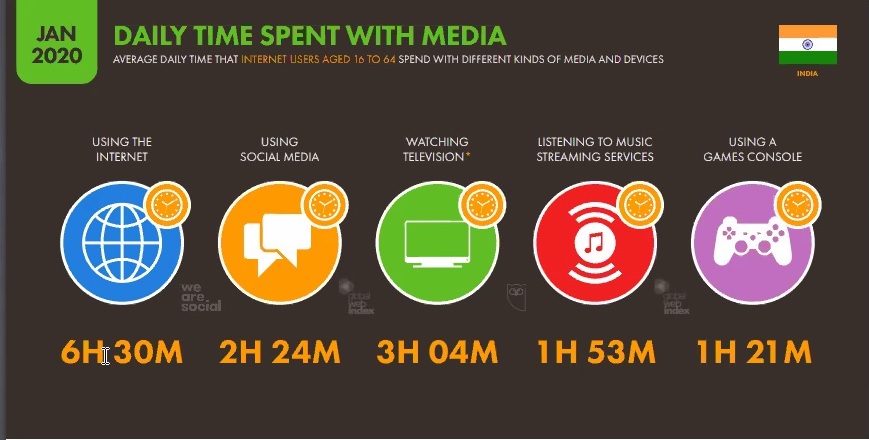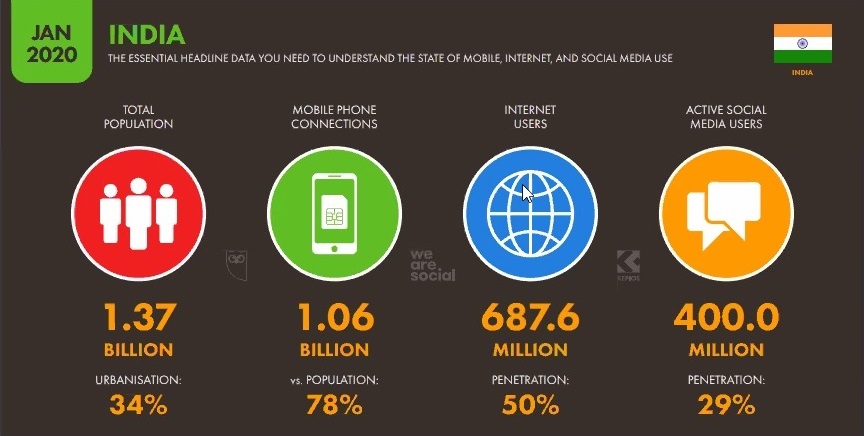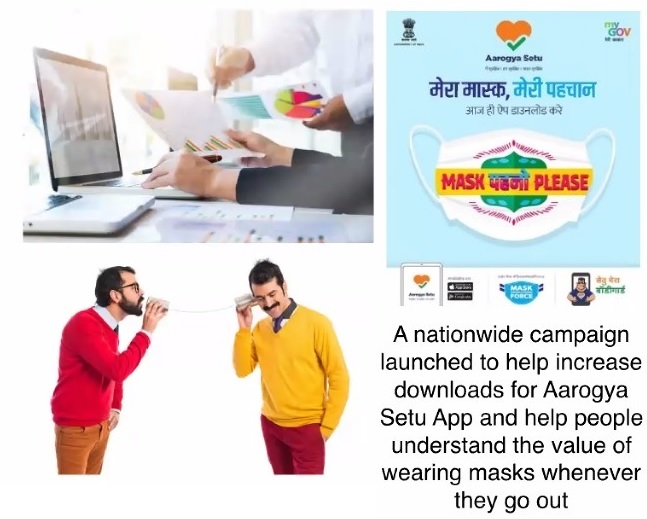|
Introduction:
The NIELIT AURANGABAD is Co-Lead Center of SMAC is Under Future Skills PRIME (Programmer for Re-Skilling/Up skilling of IT Manpower for Employability) .The advent of social media is transforming the way in which people connect with each other and the manner in which information is shared and distributed. It is different fromtraditional media such as print, radio and television in two significant ways – first, the amount of content that can be generated by the users themselves far exceeds the content generated by news/opinion makers and second, its “viral” ability for potential exponential spread of information by word of mouth and interlinking of the various social media platforms, thereby considerably reducing the control over spread of any such information.
|
|
Objective :
The main objective of Future Skills PRIME is “to create an up-skilling /re-skilling ecosystem in emerging and futuristic technologies to facilitate continuous enhancement of skills as well as knowledge of IT professionals in line with their aspirations and aptitude." The programmer aims to achieve a multitude of other objectives which are as follows:
-
To up-skill/ re-skill 4.12 lakh IT professionals, thereby ensuring their continued relevance in a rapidly changing technological environment
-
To encourage any-time, any-where, continuous self-paced Learning for acquiring newer and industry relevant skill-sets
-
To create awareness amongst Government/ PSU employees about the impact of evolving technological ecosystem; and train them with relevant skill set
-
IT employees in IT firms and Non-IT firms
Roles and Responsibilities: Co-LEAD RESOURCE CENTRE
- To establish a team and identify a single point of contact to facilitate multi-stakeholder communication, interactions, implementation, planning, and review of various activities across teams and corresponding parties involved.
- To create an enabling mechanism for supporting Lead RC in institutionalization of Blended Learning Mechanisms in the identified thematic area.
- To pro-actively support Lead Resource Centre for establishing/developing the followings to
|
|
Core Values for Using Social Media
Unlike other traditional media, social media is more interactive, enables one-to-one conversation and demands immediacy in response. Also, on such platforms the perception of official and personal roles and boundaries is often blurred. Therefore, while using social media for official purposes, the following may be kept in mind to smoothen interaction:
- Identity: Always identify clearly who you are, what is your role in the department and publish in the first person. Disclaimer may be used when appropriate
- Authority: Do not comment and respond unless authorized to do so especially in the matters that are sub-judice, draft legislations or relating to other individuals
- Relevance: Comment on issues relevant to your area and make relevant and pertinent comments. This will make conversation productive and help take it to its logical conclusion
- Professionalism: Be Polite, Be Discrete and Be Respectful to all and do not make personal comments for or against any individuals or agencies. Also, professional discussions should not be politicized
- Openness: Be open to comments – whether positive or negative. It is NOT necessary to respond to each and every comment
- Compliance: Be compliant to relevant rules and regulations. Do not infringe upon IPR, copyright of others
- Privacy: Do not reveal personal information about other individuals as well as do not publish your own private and personal details unless you wish for them to be made public to be used by others
|
Challenges in Using Social Media
- Why to use social media: Departments sometimes find it difficult to define the need or objective to use social media. Is it for providing information, seeking feedback, generic interaction, etc. Due to this lack of clarity, departments often either choose not to use social media or attempt to be present on all platforms at once.
- Which Platforms to use: Given the plethora of platforms and even types of social media, it is very difficult to choose the type and no. of platform on which to engage and how to create inter-linkages between these platforms.
- Who will engage: Most departments have limited capacity to engage with traditional media itself and since social media demands a deeper and constant interaction, availability of such resources is even more limited. A closely associated question is that of authority i.e. who is authorized to respond on behalf of the department, whether such a response will be made in personal or official capacity and from personal or official account etc.
- How to engage: Use of social media is an ongoing process and requires long term commitment. Many have questions around rules of engagement – how to create and manage an account, what should be response time, what are the legal implications etc. In order to help departments and government agencies to meet these challenges, Guidelines for use of Social Media have been drafted. In the following section, various elements of the Framework and the Guidelines to use the different elements of Framework have been detailed.
|



















